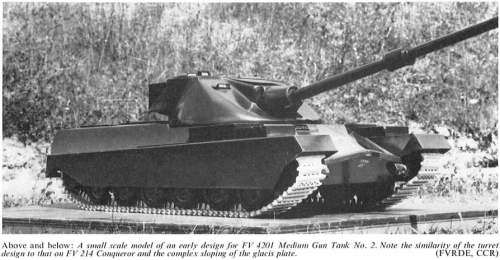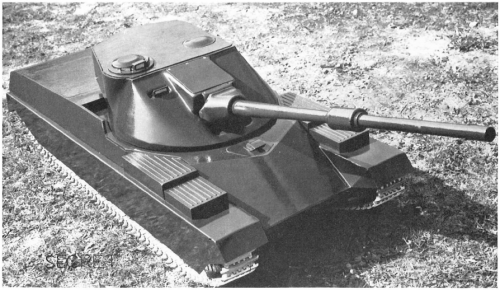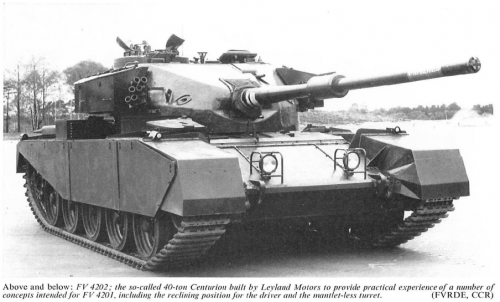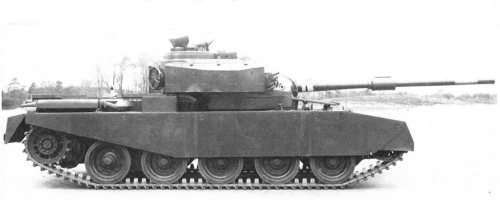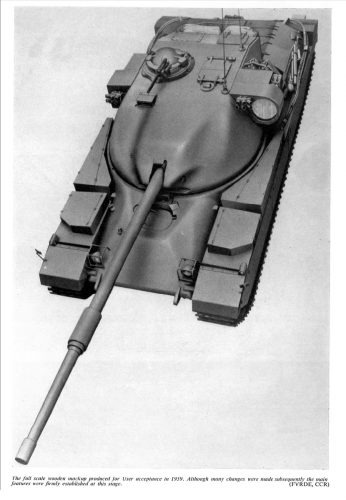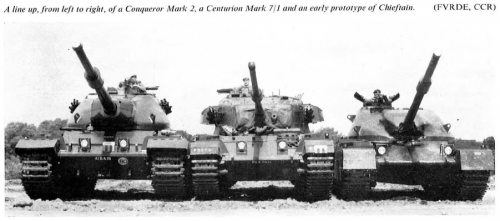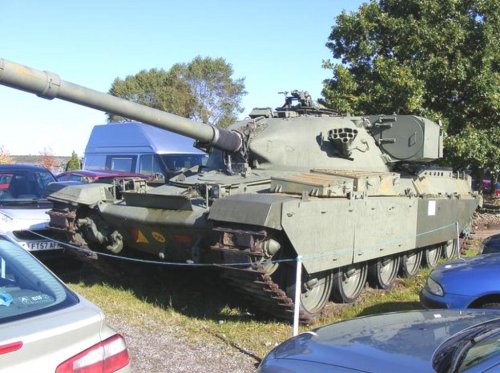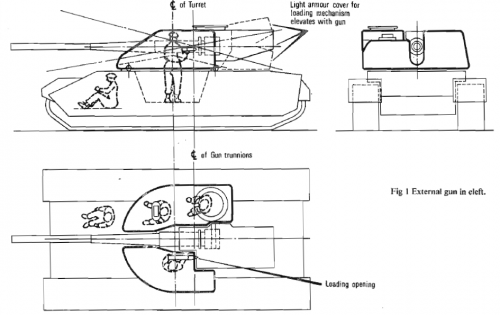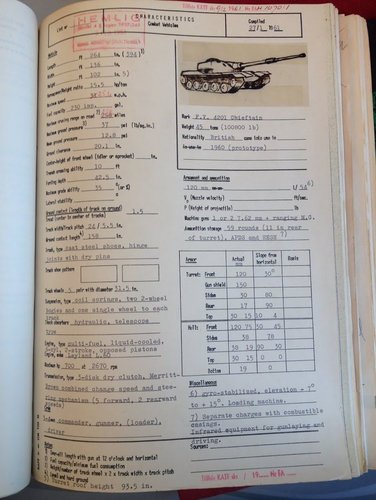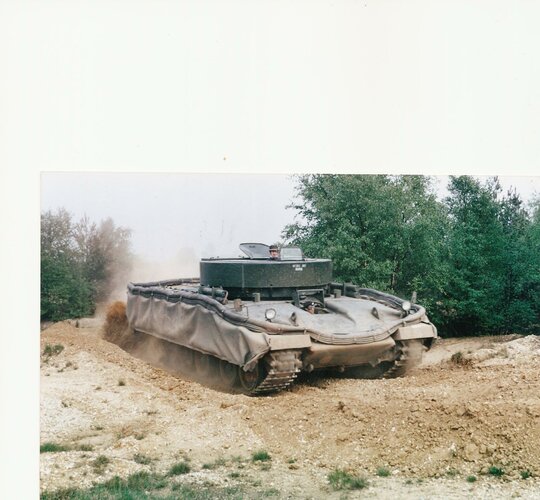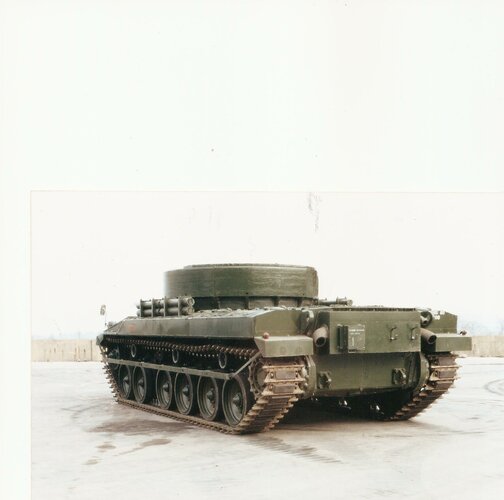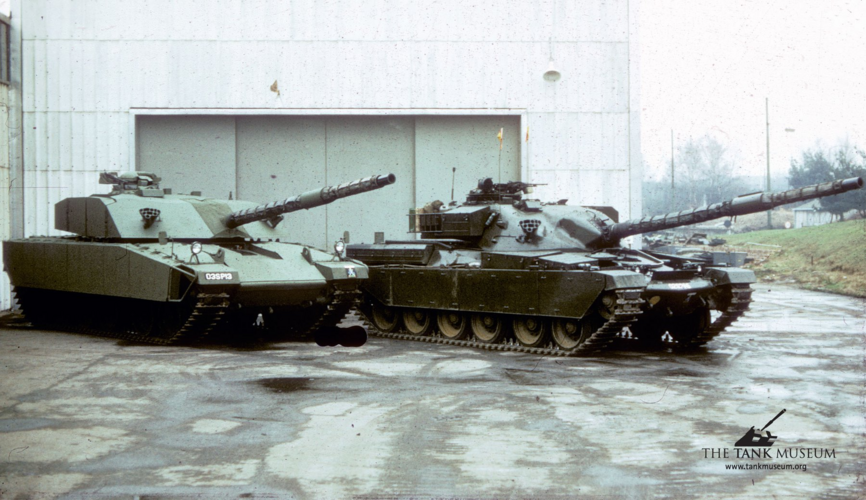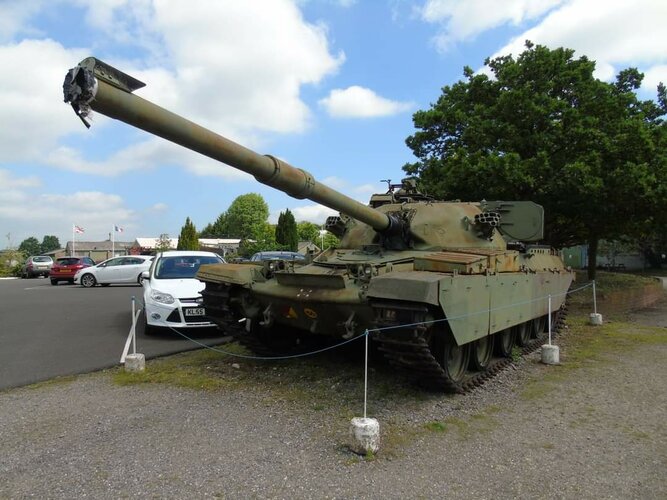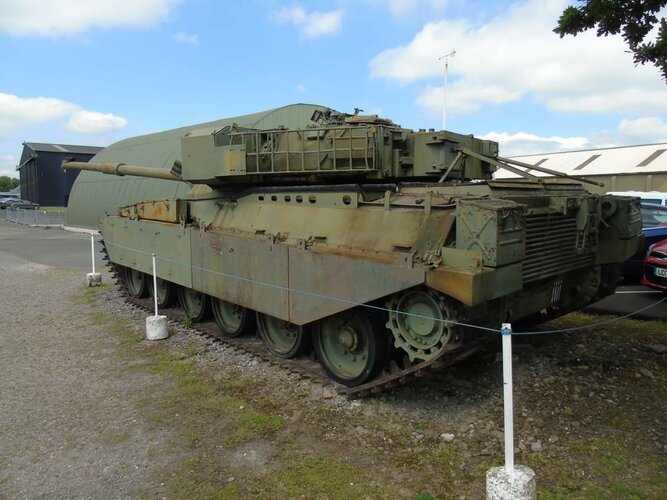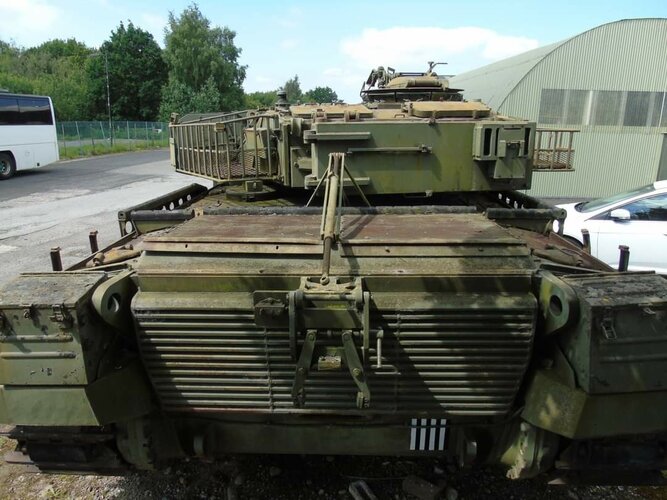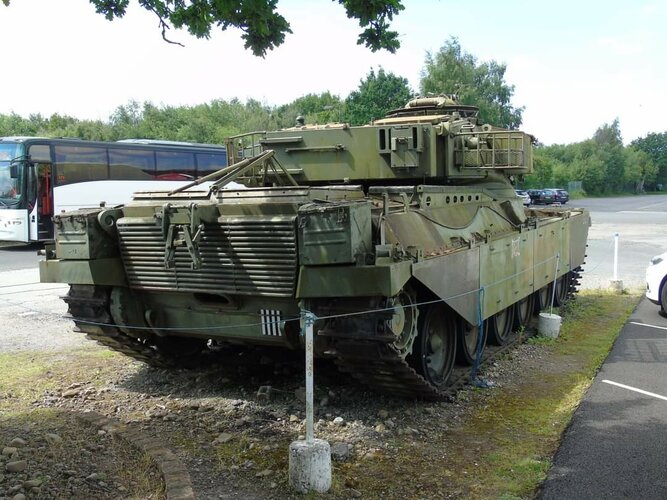Herman said:
Reply to post # 14.
Robin, this is a really, really interesting piece of information. It would be very interesting to know when this prototype was built and by whom. It would also be interesting to know which MTU engine is fitted in the vehicle. The Leopard I, which corresponded with the Chieftain chronologically, was fitted with a 10 cylinder, 830hp unit but it used a ZF gearbox. The Leopard 2 had a V12, 1500hp MTU engine and that was indeed coupled to a Renk gearbox. The Leopard 2 is however a later tank than the Chieftain, corresponding more to the Challenger. Why would anybody stick a Leopard 2 powerpack into a Chieftain? It will also not be simple, technically; the Leopard powerpack is considerably larger than that of the Chieftain.
Here we go...
"The development of the Chieftain with a 1000hp engine and enhanced transmission was a project by Vickers Defence Industries, in partnership with the German companies RENK, MTU and Krupp-MAK, to offer a significant performance and reliability upgrade for existing Chieftain tanks. The first customer was to be Kuwait immediately before the first Gulf War. The MoD expressed an interest in upgrading their engineer vehicles and the BARV (Beach Armoured Recovery Vehicle) of the Royal Marines. Subsequently most of Kuwait’s Chieftain fleet was scrapped. The improved design was not developed further, however, leaving this unique prototype as the most powerful Chieftain Tank ever built.
The prototype was donated by Vickers Defence Industries to the Museum and delivered on 15th January 2002. The German engine and transmissions include features which are still regarded as industrial secrets and there are strict conditions relating to access attached to the donation. The tank, which still functions, has been partially restored with support from RENK, Vickers and 150 Regiment, Royal Logistics Corp."
Source :-
The original Chieftain Main Battle Tank weighed 55 tons combat-loaded and was armed with a 120 mm main gun, a 7.62 mm coaxial machine gun and a 7.62 mm anti-aircraft gun. Powered by a Leyland 750 hp 6 cylinder diesel engine, it had a road speed of about 30 mph and a range of action …

yorkshireairmuseum.org
Also, another image from the magazine article quoted in post #14; caption reads
"The strange contraption on the pack (sic) of the MTU Chieftain is actually a lifting frame to help lift one piece engine deck which is not on a torsion bar unlike a similar system in Challenger. The frame is stowed when not in use so as not to hinder traverse."
cheers,
Robin.

